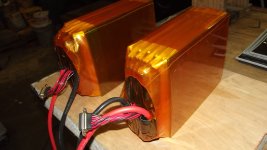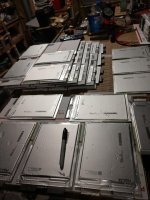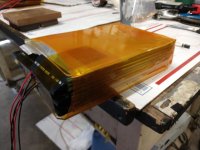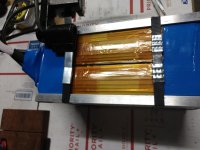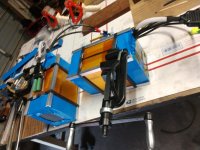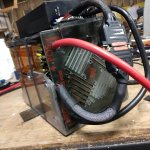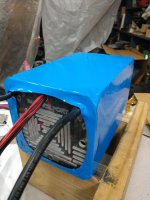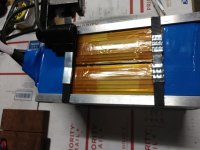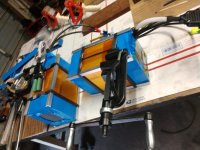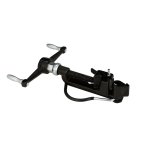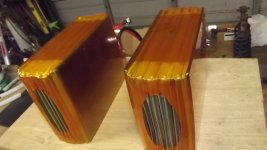I have read somewhere that pouch cells maintain their impedance and capacity or something better when they have static external pressure.
My first logical thought is that if the cell wants to expand and we are holding it from doing so, wouldn't it be more prone to bursting?
I also see many manufacturers of both li ion pouch cells and lipo cells that use fiberglass tape which cannot be stretched and I'm thinking about how the cell will be held really tight only in two spots if it wants to swell.
Would love any input you guys have on the subject
My first logical thought is that if the cell wants to expand and we are holding it from doing so, wouldn't it be more prone to bursting?
I also see many manufacturers of both li ion pouch cells and lipo cells that use fiberglass tape which cannot be stretched and I'm thinking about how the cell will be held really tight only in two spots if it wants to swell.
Would love any input you guys have on the subject




